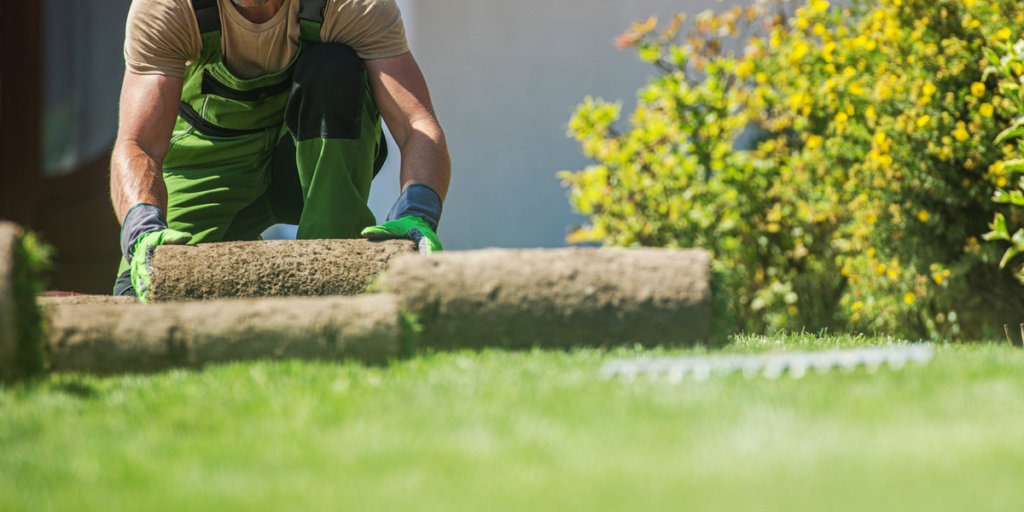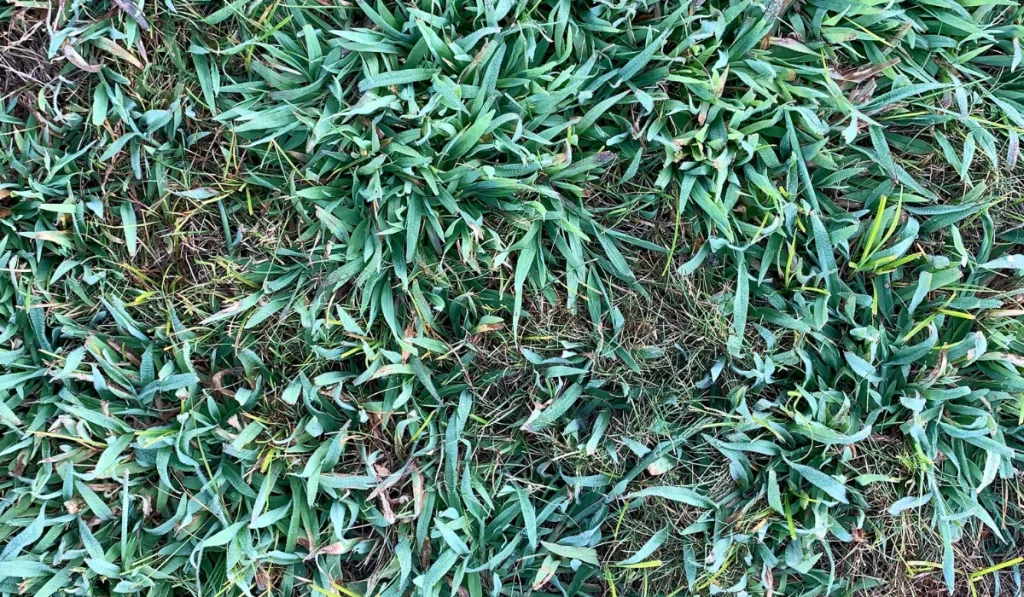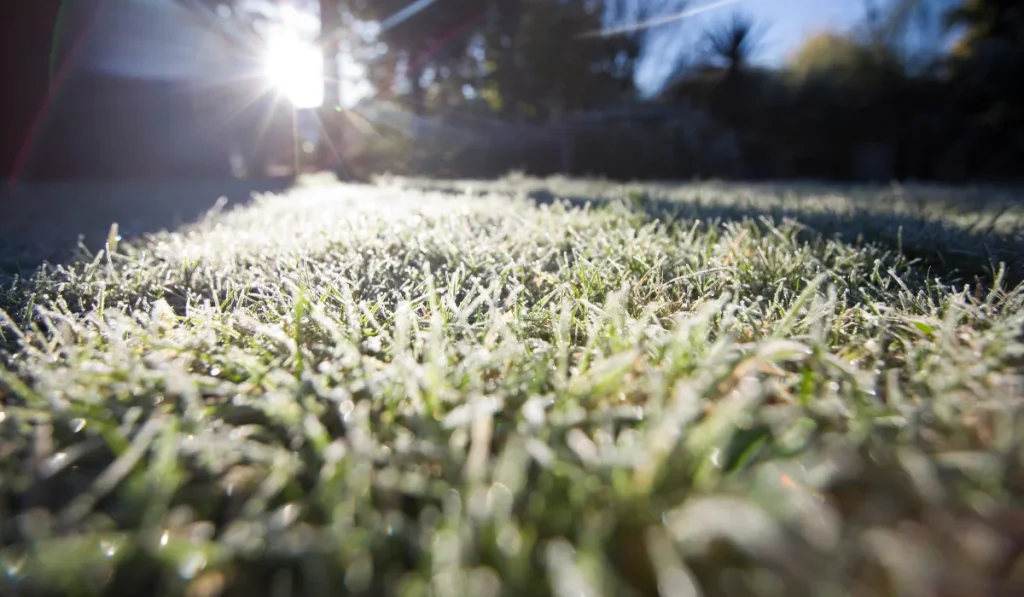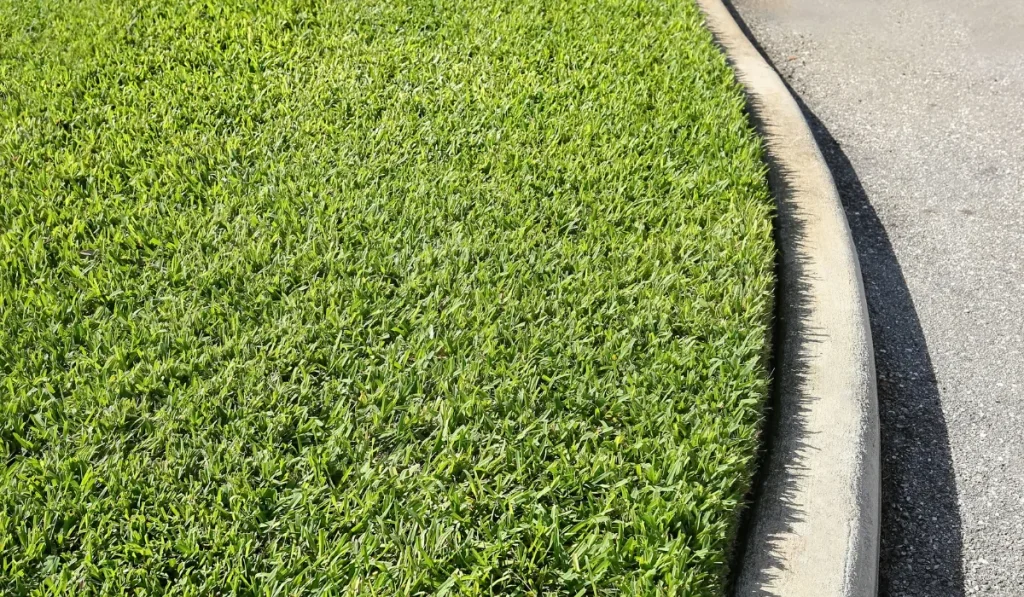If you live in a drought-prone area, you’ve probably heard of TifTuf grass. This type of grass is said to be more drought-resistant than other types of grass, making it a popular choice for those who want a beautiful lawn without all the watering and care.
But is TifTuf really all it’s cracked up to be? In this blog post, we’ll explore the pros and cons of TifTuf grass so you can decide if it’s right for your home.
Key Takeaways
- TifTuf grass is a Bermuda grass sod that is known for its excellent wear and drought tolerance.
- It is versatile and can be used in a variety of settings, including areas that receive a lot of wear and tear like athletic fields.
- TifTuf grass is not the best choice for the yards that get a lot of shade.
What Is TifTuf Grass?
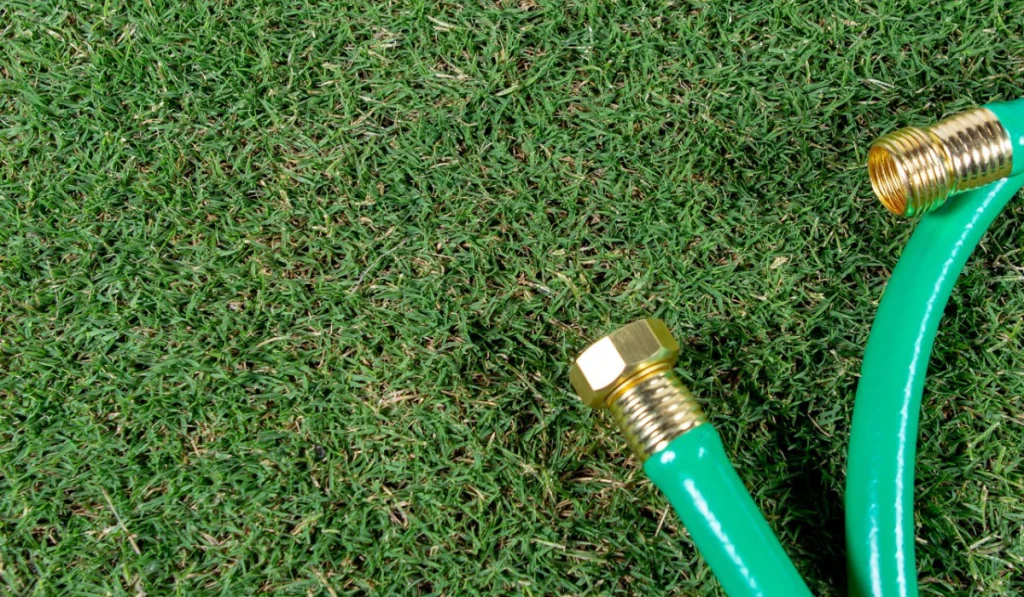
TifTuf grass is a type of Bermuda grass that is known for its drought tolerance. It is becoming the new standard turfgrass for residential and commercial landscapes as well as for public parks and sports fields.
TifTuf grass can withstand high-impact activities such as football, soccer, baseball and golf better than any other Bermuda grass. It is also one full zone harder than other Bermuda grasses.
TifTuf grass is a versatile grass that can be used in a variety of settings, from residential lawns to roadside medians. It is an ideal choice for areas that receive high traffic or are subject to drought conditions.
Color
TifTuf grass is a Bermuda grass that is known for its fine-textured, bright green blades.
It has better color and density than Tifway 419, as well as quicker spring green-up and better color retention into fall than other bermudagrasses.
Drought Tolerance
TifTuf grass is one of the most drought tolerant grasses available, making it a great choice for those who live in areas with limited water resources. Once established, TifTuf grass requires very little water to maintain its lush, green color.
During periods of drought, TifTuf grass will go dormant, losing its color but remaining alive until conditions improve. This makes TifTuf grass an excellent choice for homeowners who want to save money on their water bill.
Disease Tolerance
TifTuf has been tested in drought, shade, flood, and salinity conditions. The grass is also resistant to various diseases, including brown patch, pythium, and rhizoctonia.
TifTuf grass is a warm-season grass, which means that it thrives in hot, humid climates. It has a deep root system that helps it to resist drought and pests. In addition, TifTuf grass is resistant to chinch bugs, armyworms, and other common lawn pests.
While you may still need to use fungicides and pesticides occasionally—and we will give you more details on this below—TifTuf is still a great choice for homeowners who want a lawn that’s not overly susceptible to disease.
Shade Tolerance
TifTuf is a popular type of grass that is known for its moderate shade tolerance. However, this does not mean that it is the best type of grass for shady areas.
TifTuf will grow best in full sun, and while it can tolerate partial shade, it’s best to choose another grass type if you have an especially shady lawn.
TifTuf is more likely to experience problems such as disease and pests in shady areas.
Heat Tolerance
Tiftuf Bermuda grass is known for its exceptional heat tolerance, making it a popular choice for homeowners in warm climates.
While other grasses may struggle to survive in temperatures over 100 degrees Fahrenheit, TifTuf grass thrives in the heat.
Winter Color
TifTuf grass does fade a bit over the winter, as it goes dormant, but it greens up quickly in the fall. In the summer, it is known for its ability to withstand harsh conditions, such as drought and heat.
Recovery from Moderate Wear
TifTuf is also an excellent choice for home lawns. It is tough enough to withstand the wear and tear of kids and pets playing but recovers quickly from any damage.
TifTuf Bermuda grass is known for its high tolerance to foot traffic and rapid recovery from wear and tear. It is the choice turfgrass for sports from football, soccer, and rugby to golf and equestrian sports.
This makes it the ideal grass for families who love spending time outdoors. So if you’re looking for a grass that can take a beating and bounce back quickly, TifTuf is the perfect choice.
Pros and Cons of Choosing TifTuf Grass
TifTuf grass is a type of Bermuda grass that was bred for its drought tolerance. This makes it an ideal choice for areas that receive little rainfall or have sandy soils. But the benefits don’t end there! Let’s take a closer look at some of the best reasons to consider TifTuf grass.
| Pros of TifTuf Grass | Cons of TifTuf Grass |
|---|---|
| Better density, thick deep roots | TifTuf grass is not as shade tolerant as other types of Bermuda grass |
| Resilient, can quickly bounce back from wear and tear | Has a tendency to go dormant during periods of extended wet weather |
| TifTuf goes dormant for the winter, returns in spring |
Maintenance Tips for TifTuf Grass
This tough grass is resistant to heat, drought, and wear, and it requires very little fertilizer or pesticides to stay healthy. However, like all grasses, TifTuf does require some basic care in order to maintain its impressive lawn. Here are some tips for keeping your TifTuf grass looking its best.
Watering
The key to successful watering with TifTuf is to provide the grass with 1” of water per week during its establishment phase. Once the roots are established, TifTuf will not need to be watered as often in most climates. However, it is always important to monitor the grass for signs of stress and to water accordingly.
Fertilization
While it is relatively low-maintenance, this grass does need to be fertilized on a regular basis in order to retain its health and vigor. The best time to fertilize Tiftuf grass is during the growing season, which typically lasts from early spring to late fall.
However, it is important not to over-fertilize, as this can lead to excessive thatch buildup and an unhealthy lawn. A soil test can help to determine the ideal amount of fertilizer for your lawn.
On average, you’ll apply between three and six pounds of nitrogen per 1000 square feet of lawn each year.
Mowing
Depending on the amount of growth, TifTuf grass may need to be mowed every four to seven days. The ideal cutting height is between half an inch and two inches, and no more than one-third of the leaf should be removed in a single mowing.
This grass type can be mowed with either reel or rotary mowers, although it is important to use sharp blades to avoid damaging the leaves.
It is also helpful to catch and remove clippings, as they can impede growth if left on the ground.
Weeds & Insects
Thanks to its dense growth habit, TifTuf grass is very effective at controlling weeds. In fact, many homeowners find that they only need to mow once or twice a year to keep their TifTuf grass lawn looking neat and tidy. You can apply pre-emergent herbicides, pesticides, and fungicides as needed.
People Are Also Asking
What does TifTuf Grass cost per pallet?
TifTuf costs an average of $270 per pallet.
How does TifTuf Grass compare to Tifway 419?
Both types of grass are similar in many ways, but there are also some key differences. For one, TifTuf grass is slightly more shade tolerant than Tifway 419. It can also recover from damage more quickly. In terms of appearance, TifTuf grass has a finer texture than Tifway 419. It also has a slightly different color, with a more bluish tint.
What are the best tools for caring for sod?
Some of the best tools for caring for sod are a sharp knife, a garden hose with a sprinkler attachment, a rake, and a quality lawn mower.
